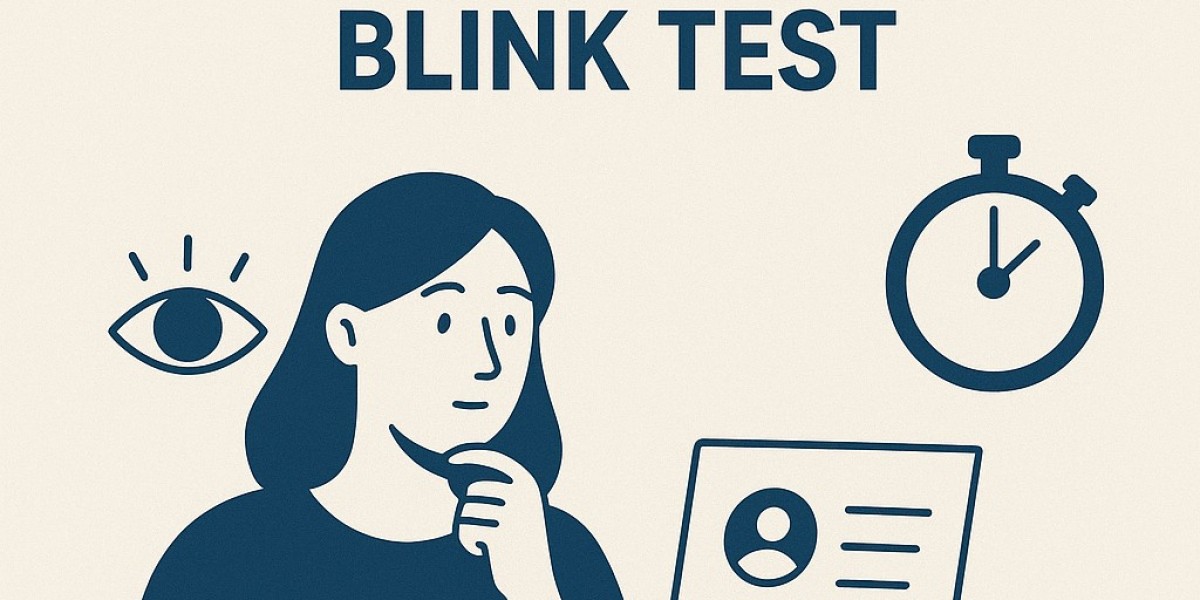In today’s hyper-competitive job market, your CV needs to make an impact instantly. While many candidates labour over every section, the reality is tougher: research shows that recruiters often spend barely six seconds scanning a CV before deciding if it’s worth closer attention. That’s why individuals are increasingly turning to a Professional CV Writing Company In UK to give themselves the best chance of capturing that critical first glance. Whether you’re just starting out, switching careers, or aiming for senior management, your document must be tailored to pass that “blink test” and keep the reader engaged beyond those first precious seconds.
1. Understand What Happens in Those First Seconds
According to studies, recruiters’ eyes focus very quickly on a handful of key elements: your name, current job title, previous title/company, dates of start and end, and your education. What this means is that everything in the top section of your CV must be unambiguous and clearly laid out. If a recruiter cannot immediately determine who you are, what you do, and why you might be relevant — you risk being skipped over in those first 6-10 seconds.
2. Start Strong: Your Heading and Summary
Begin your CV with a clean heading (name, title, contact details) and a strong professional summary (sometimes called a personal profile). This summary acts like a “quick pitch” for you. In just three or four lines you should answer: Who am I? What do I do? What value do I bring?
Avoid vague phrases such as “hard-working team-player.” Instead, focus on quantifiable impact. For example:
“Marketing Manager with 7 years’ experience in B2C digital campaigns, delivering average ROI uplifts of 35% and leading cross-channel launches across UK and Europe.”
That kind of opener ensures the recruiter sees relevance and impact immediately.
3. Layout for Speed: Make It Easy to Skim
Because recruiters are scanning, the visual layout must support that scanning process.
· Use clear section headings (e.g., Experience, Skills, Education).
· Use bullet points, not long paragraphs.
· Use a clean font (e.g., Arial or Calibri) and 10-12pt size.
· Use bold or italics sparingly for job titles or companies to draw the eye.
A badly formatted CV will slow the recruiter down — and if they lose interest early, you may be eliminated before your best content is even read.
4. Tailor to the Role
Many CVs fail the six-second test not because the candidate isn’t competent, but because the document doesn’t clearly reflect the role being applied for. To avoid this:
· Read the job description carefully.
· Identify keywords (skills, software, methodologies, outcomes).
· Incorporate those keywords naturally into your Skills section and experience bullet points.
Since many employers use Applicant Tracking Systems (ATS) as a first filter, embedding the right keywords helps you pass the machine and the human scan.
5. Lead With Achievements, Not Duties
Once the recruiter decides to stay with you beyond the first glance, they’ll want to see substance — not just a list of tasks. Use a CAR (Challenge–Action–Result) style for your key roles:
· Challenge: “The lead product line had stalled growth…”
· Action: “Implemented customer insight programme and re-launched with pricing test…”
· Result: “Result: grew revenue by 28% in 12 months, beating sector average.”
Your CV should demonstrate what you achieved, not just what you did.
6. Keep It Concise and Relevant
Less is more. While the “6-second” figure might be debated (some more recent studies show recruiters spend 17-46 seconds) the principle remains: you don’t have unlimited time.
· For early-career professionals: aim for 1-2 pages.
· For senior roles: 2 pages is acceptable if clearly presented.
Focus on the last 8–10 years of your career or your most relevant roles. Older, less relevant jobs should either be summarised or omitted.
7. Highlight Transferable Skills and Soft Skills
While technical expertise matters, transferable skills such as leadership, communication, problem-solving and adaptability give depth. Incorporate these into your achievements rather than listing them flatly. For example:
“Led multicultural team of 12 in delivering 15-week implementation across three countries…”
That sentence signals leadership, project management and global exposure — much clearer than just saying “strong leadership skills.”
8. Update Your Online Presence & Link It
Today a CV and your online profile go hand in hand. Add a link to your LinkedIn profile (custom URL) in your heading. Ensure the profile reflects your CV, uses a professional photo, and includes endorsements/achievements. A consistent online & offline profile boosts credibility.
9. Proofread Aggressively
Spelling mistakes, grammatical errors or inconsistent formatting can kill your chance — often very early. Reports show that many applicants are rejected simply due to avoidable errors. Before submitting, print your CV, read it backwards, and ask a trusted friend or mentor to proof it too.
Final Thoughts
Passing the six-second recruiter blink test might feel like a tall order — but with the right structure, your CV can make an immediate impact. Start with a compelling summary, ensure your layout supports quick scanning, tailor your document to the role with keywords, highlight achievements not just duties, and keep everything crisp and professional.
If you find yourself struggling to strike that balance of clarity, format, keywords and achievement-focus, working with a professional CV writing company in UK can be a wise investment. Expert writers know how to present your story in a way that speaks to the recruiter’s first glance — and gets you past that crucial first cut.
By following these steps, you maximise your chances not just of being seen, but of being invited to interview. Good luck — your next role could be just that much closer.







